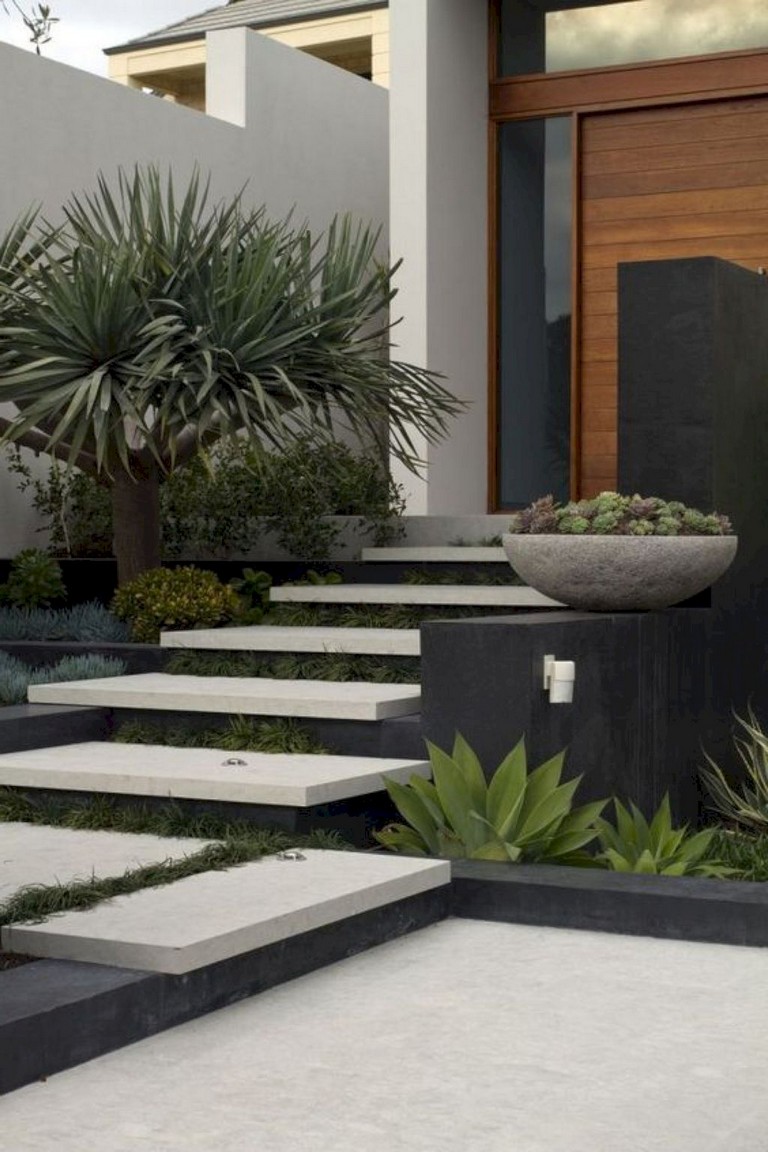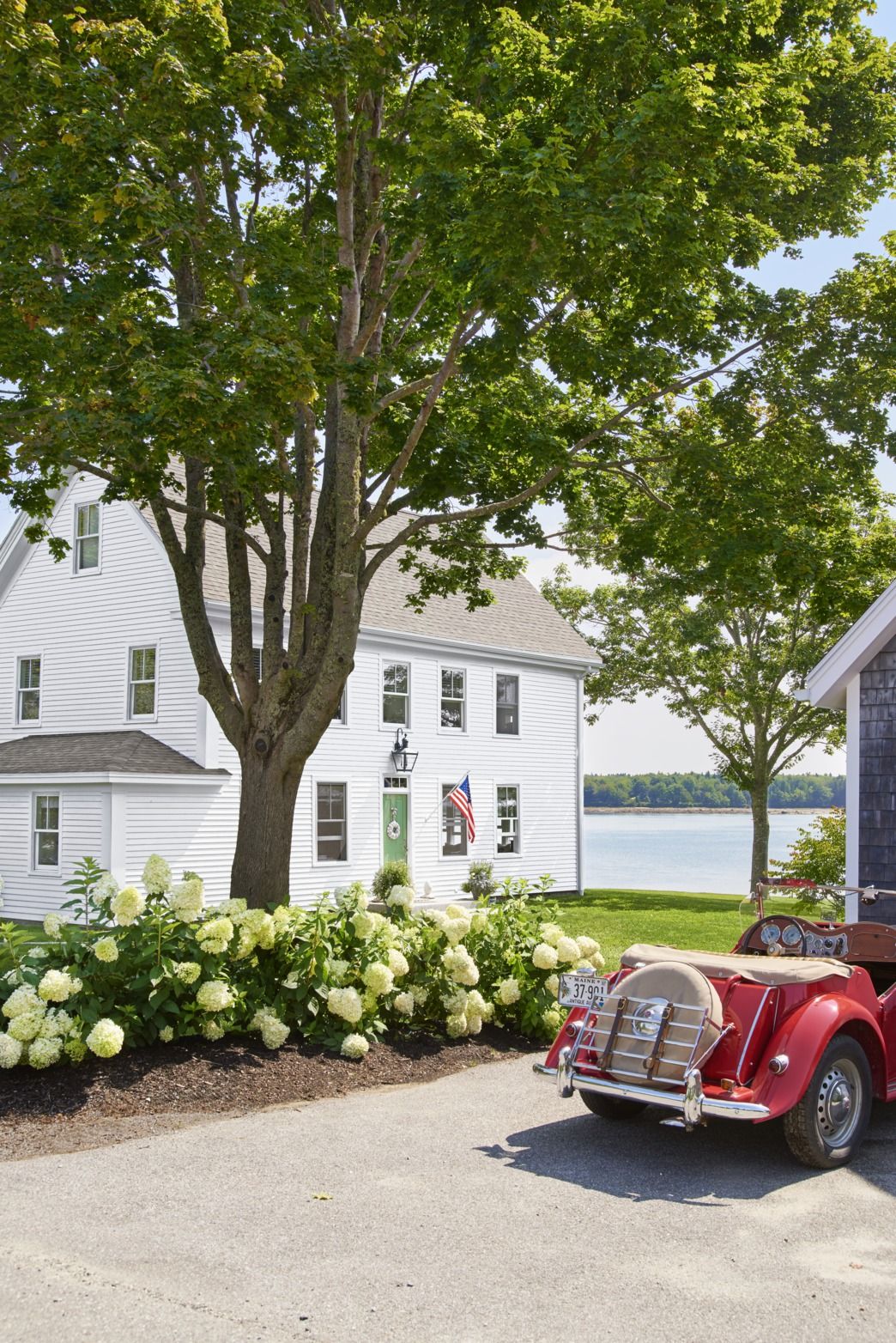

Then, work with neutral elements around it. In this case, pick one coloured plant to provide the wow factor in your front yard. The adjective "pop" is used to define something bold, intentional and unmistakable. You should place them near the front door for instant curb appeal. These potted topiaries work best in pairs. Potted topiaries add a touch of orderliness and symmetry, even in a front yard with free-flowing flowery. Some topiaries may even take form in the shape of an animal. These shapes can be geometrical or fanciful. A topiary is used to define a horticultural practice where twigs and foliage are clipped from shrubs to develop an interesting shape.


In addition to your garden, potted topiaries are also great front yard landscaping ideas. This way, you can see and appreciate each of the perennial flowers as they bloom. If you plant these flowers, arrange them so that the tallest ones are at the back and the shorter ones sit at the front. Some popular perennial wildflowers include the butterfly weed, orange tiger lilies, hardy geranium and lupine. Perennial flowers are great ideas for front yard gardens. A beautiful garden, intermixed with a seating area and rock pathways, will make your front yard look inviting and enticing. While the rest of your neighbours may have a regular grass lawn, you will stand out with a bed of bright colourful flowers. If you have a small front yard, you can easily turn this space into a beautiful blooming garden. Here are ten simple front yard landscaping ideas that will look beautiful in any home: You just need to have an eye for style and make sure your ideas complement the design of your home. The best front yard landscaping ideas are quite easy to implement, so there isn't any massive renovation or construction involved. With the right front yard landscaping ideas, you can transform this space and create a warm, welcoming atmosphere for the outdoor gateway of your house. This impressive landscape often sets the tone for the rest of your house.

Use curves, jogs, steps, or ramps if the entry is steeper. Ideally, walkways should slope 1 to 5 percent, never more than 10 percent.A little extra width at curves is pleasant. For an illusion of greater or lesser distance, widen one end. If scale permits, 42 to 54 inches is better so two people can walk together. Combine practicality with visual appeal by designing walkways at least 36 inches wide. Use curves, jogs, or steps only where there is a reason, not just to meander.Though perhaps less charming, a straight path is the shortest, least expensive, and sometimes the most sensible. If you don't, children or dogs will carve their own paths right through your prize petunias. Follow natural access patterns when laying out walkways.


 0 kommentar(er)
0 kommentar(er)
